Displays
From OCAU Wiki
Back to Audio Visual
Contents |
Displays
Intro
I aim to put the 'basics' up here over the next week or so. I'm really trying to avoid bogging down in technical details as there is plenty on the net to be found if you want to dig deeper - but to many people, "how/why it works" is really of no importance. Personally I'll be focusing on digital formats, as this is where the majority of the confusion lies. I'll post up for help/advice etc in the OCAU forums once there's some 'shape' to the section.
Still very much a work in progress!
Categories
Overview
Today's TV/Display market is more confusing than ever before. In the past, CRT TVs were about the only option for the average buyer. Now, with models from any of the following catagories available for under $1000, it's now common to see once exotic technologies in the most modest homes.
CRT
Cathode Ray Tube (CRT) is the common TV which most of us would have grown up with.
Rear-Projection
Plasma
LCD
Projector
If size matters the most, projectors are now a highly viable option for a true "Theatre" experience in your own home. Current technology now means that projectors can be bright, have good contrast, good resolution, be relatively quiet as well as affordable.
Aspect Ratio
In short, there are only 2 aspect ratios to consider when it comes to home theatre displays; 4:3 and 16:9.
Resolution
There's a LOT of 'technicalities' that can be discussed when referring to display resolution. To keep it simple, this section has been constrained to Australian, commonly accepted definions (especially in regard to Standard and High Definition (SD/HD). Hopefully the following information shows a logical progression of subject matter, and as such, will make best sense when read in order. Furthermore, the topic of interlaced and progressive displays will be included here, as the subjects go hand-in-hand.
Interlaced vs Progressive
In the common example of 1080i (i = interlaced) vs 1080p (p = progressive). 1080i and 1080p are both High Definition display formats for HDTVs. 1080i and 1080p signals actually contain the same information. Both 1080i and 1080p represent a 1920x1080 pixel resolution (1,920 pixels across the screen by 1,080 pixels down the screen). The difference between 1080i and 1080p is in the way the signal is sent from a source component or displayed on an HDTV screen.
In 1080i each frame of video is sent or displayed in alternative fields. The fields in 1080i are composed of 540 rows of pixels or lines of pixels running from the top to the bottom of the screen, with the odd fields displayed first and the even fields displayed second. Together, both fields create a full frame, made up of all 1,080 pixel rows or lines, every 30th of a second.
In 1080p, each frame of video is sent or displayed progressively. This means that both the odd and even fields (all 1,080 pixel rows or pixel lines) that make up the full frame are displayed together. This results in a smoother looking image, with less motion artifacts and jagged edges.
Digital Video Resolutions
This section refers to the signal or information from the source. Most source components (DVD players, TV tuners, gaming consoles, HTPCs etc) can produce a variety of resolutions, and this usually depends on the user settings, media used and the connections between the component and the display. Below shows how the different resolutions are often grouped. I have categorised the source component by their highest possible resolution output (e.g. a HTPC could produce resolutions as low as 640x480).
Standard Definition - SD - 480 vertical lines
- SDTV (Standard Definition Digital TV)
- DVD (NTSC is 720x480)
Extended Definition - ED - 576 vertical lines
- DVD (PAL is 720x576)
High Definition - HD - 720 or 1080 vertical lines
- HDTV (High definition "Digital" TV)
- Xbox 360 (1080p)
- PlayStation 3 (1080p)
- HTPC (dependant on video card)
In Australia, 576 has been grouped into the HD division by the government, and as such free-to-air channels (Ch7 specifically) can legitimately claim 576 as a HD broadcast.
Native Screen Resolutions
A list of common native screen resolutions.
- 852x480 - SD
- 1024 x 768 - HD
- 1024 x 1024 - HD
- 1366 x 720 - HD
- 1366 x 768 - HD
- 1920x 1080 - HD
etc
Advertised Resolutions
It's an absolute minefield of mis-leading, yet arguabely correct, information when both advertising and manufacturers specifications in regards to display's resolution. Many displays include "HD capable" or "HD ready" etc in their specifications which often mean the display can recieve a HD resolution input (say 1080) but potentially only has a screen with a native resolution (actual number of pixels) of 480 vertical lines. What this really means, is that the display can 'scale' the input signal to fill the screen appropriately. It does not mean it will neccesarily display a 720/1080 resolution image on the screen.
Connections
Composite
- A set of standard video cables that come with most audio/visual components. Yellow connector is for video and the red and white connections are for audio (stereo left & right).
S-Video
- The 4-pin mini-DIN connector is the most common of several S-Video connector types. S-Video, as most commonly implemented, carries 480i or 576i resolution video, i.e. standard definition video, but does not carry audio on the same cable.
Component
- Component video is capable of carrying signals such as 480i, 480p, 576i, 576p, 720p, 1080i and 1080p
VGA
- Standard connector found on most Computers and Monitors, it is now common to see this connector on HDTV's.
DVI
- DVI stands for Digital Visual Interface. There are varieties of DVI connectors like DVI-I (Single Link), DVI-I (Dual Link), DVI-D (Single Link), DVI-D (Dual Link) and DVI-A. The physical size of the connector remains the same, but the pin's vary based on which version you use. The most common version is the DVI-D, specifics on the differences can be freely found around the net.
HDMI
- HDMI stands for High-Definition Multimedia Interface and is a compact audio/video connector interface for transmitting uncompressed digital streams.
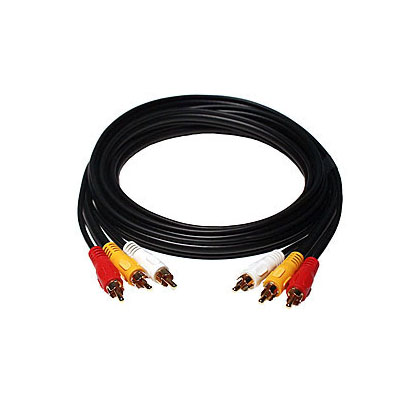
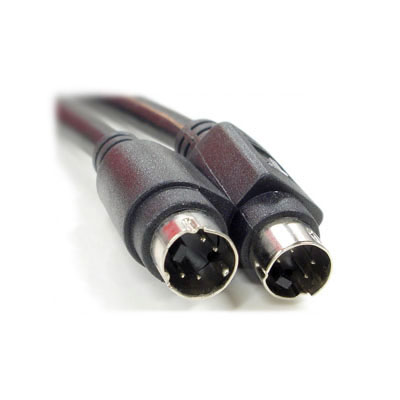
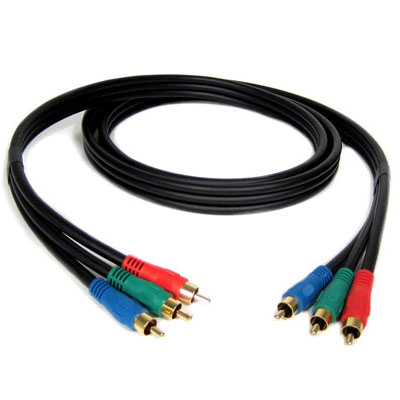
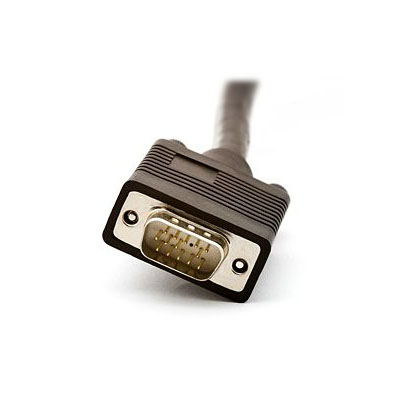
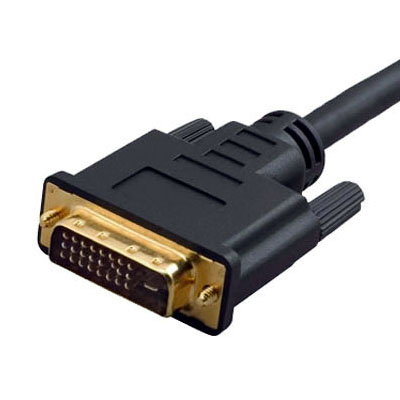
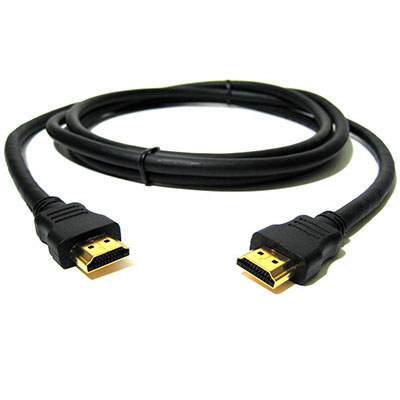
![[Main Page]](http://www.overclockers.com.au/wiki/skins/common/images/wiki.png)